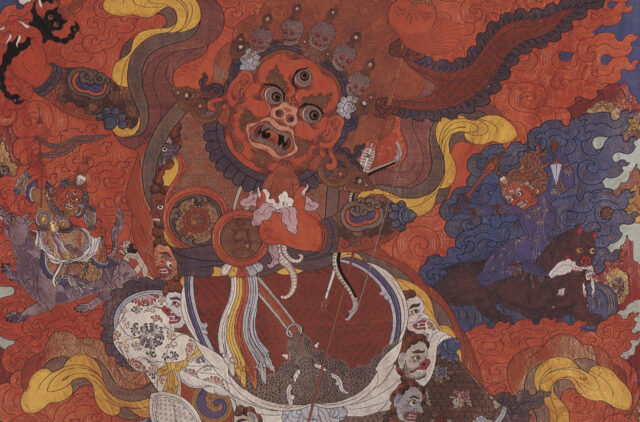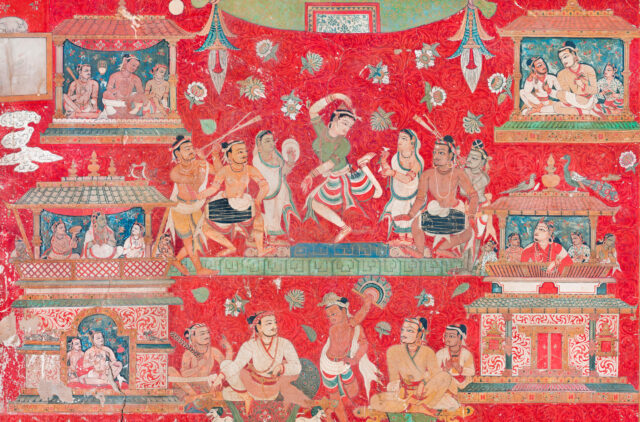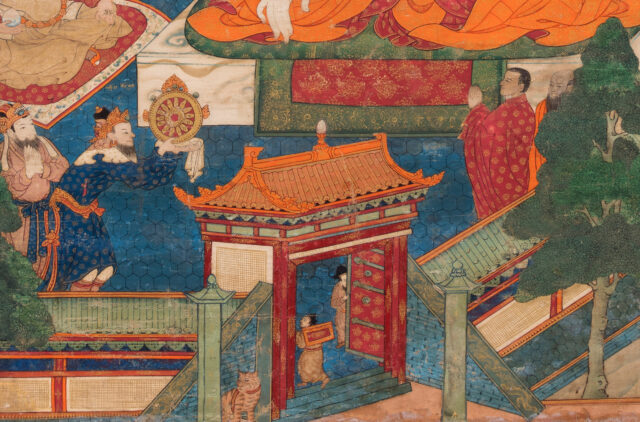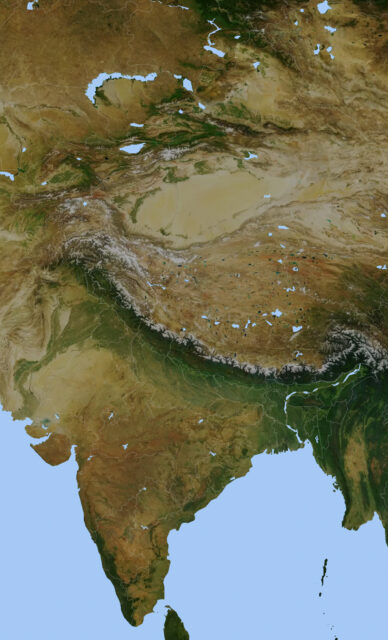Stay connected. Sign up for the Rubin Museum’s monthly newsletter to receive updates about upcoming exhibitions, programs, digital features, and more.
SubscribePakpa script
Pakpa script
Pakpa script, or Mongol square script, was invented in 1270 by Drogon Chogyel Pakpa (1235–1280 CE), a Tibetan lama and leader of the Sakya tradition who served as imperial preceptor to the Mongol emperor Qubilai Khan (1215–1294). In 1271, Qubilai decreed it the official script of the empire, and that all officials had to learn it, and be referred to as the Mongol script. The Pakpa script adapts the letters of the Tibetan alphabet, squared off to be written vertically, in order that they could be placed alongside the Uygur-based Mongolian and Chinese scripts, both of which were written top-to-bottom. The Pakpa script was intended to be a universal alphabet for all the languages of the Mongol Empire, and employed on official documents, monuments, and passports.



